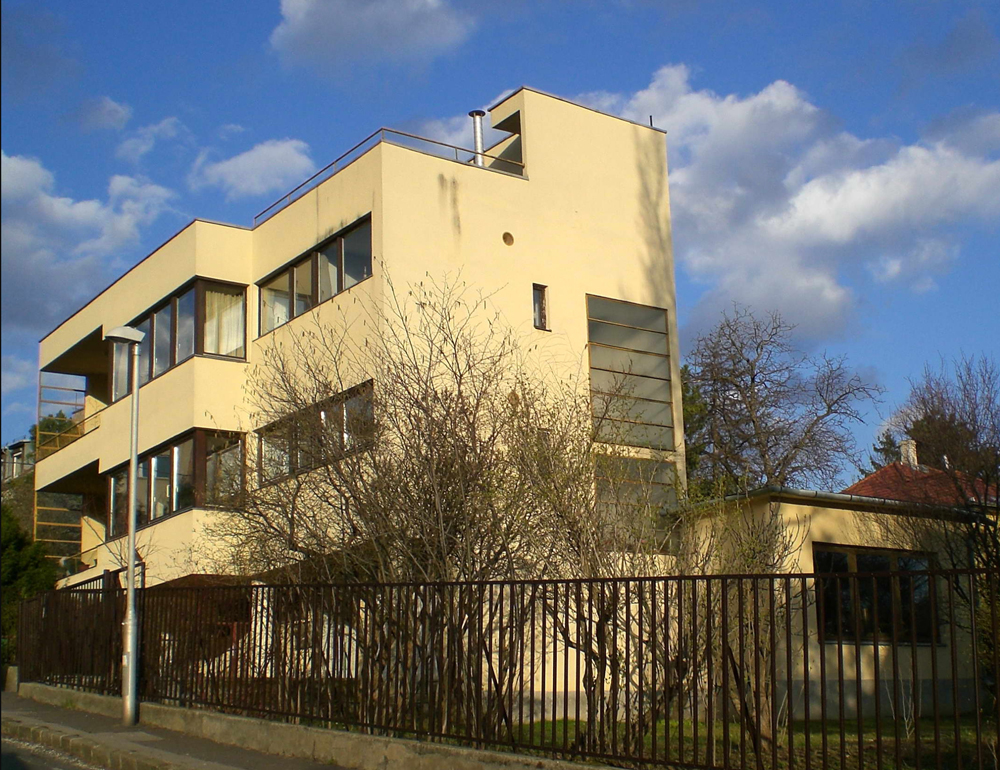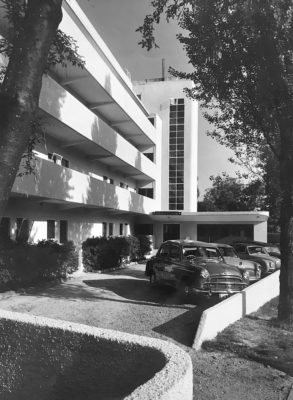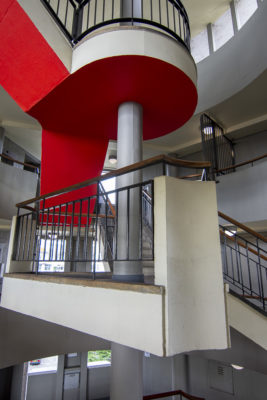Lajos Kozma
1884-1948
Hungarian architect, artist and academic born in Kiskorpád into a Jewish family. As a young art student in 1909, Lajos Kozma won a scholarship to study under Henri Matisse in Paris. He returned to Hungary, influenced by art deco and folk design and was invited to join a group of like-minded creatives who called themselves the young ones. He combined this with employment as a teacher at the Budapest School of Design. Inspired by the Wiener Werkstatte in 1913 he founded the Budapest Workshop which operated until 1919.
As his career took off and reputation soared he began to receive important commissions ranging from soon to be iconic villas for families to retail enterprises such as the Paris Fashion House for Samuel Goldenberger – a visionary retailer.
In 1925 he was honoured for his work in the applied arts.
Amongst Lajos Kozma’s many important buildings recognised today, almost a century later, is the Atrium House (cinema) and the cluster of family holiday homes on Lupa Island, as well as the 1924 Austerlitz Building. What stood out about his commissions is that he designed all aspects from lighting to furniture.
His involvement in the Budapest International Fair spanned most of the 1930s until 1941. He designed the Textiles Pavillion, the Tourist Pavillion, Tungstram Pavillion and the Manfréd Weiss Pavilion.
His career was cut short by the late 1930s due to the antisemitic actions of the government. He found himself stripped of his professional accreditation and unable to work, he turned to writing, his book The New House, Das Neue Haus, could only find a publisher outside Hungary, in Switzerland.
By 1941 Lajos Kosma had moved from prominent internationally respected architect to living a precarious existence, in hiding, using false papers. He survived the war and remained in Hungary taking up an academic position at TU Budapest. His first post-war commission was to build the campus for the School of Applied Arts. Unfortunately, the stress and impact of being in hiding, returning to a city where many of his clients had disappeared from had taken its toll, he died three years later in 1948 at the age of 64.







